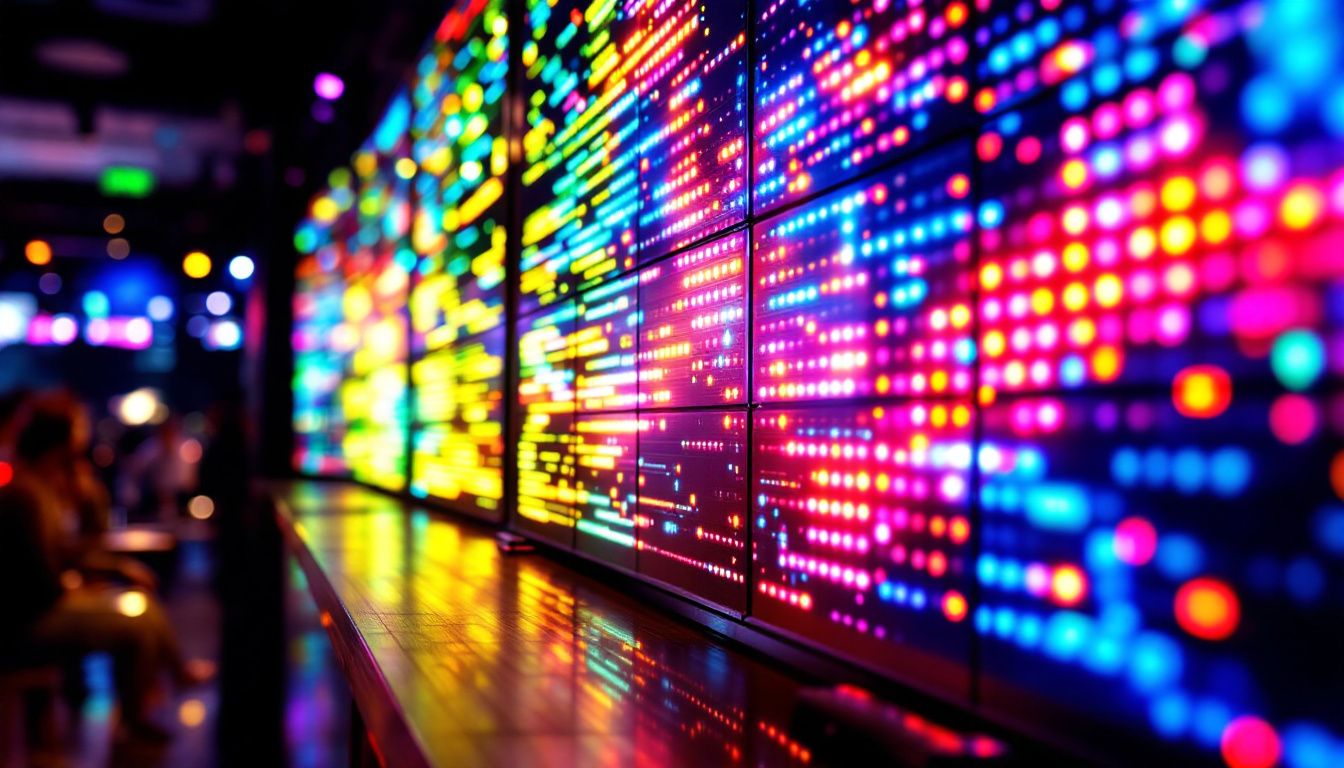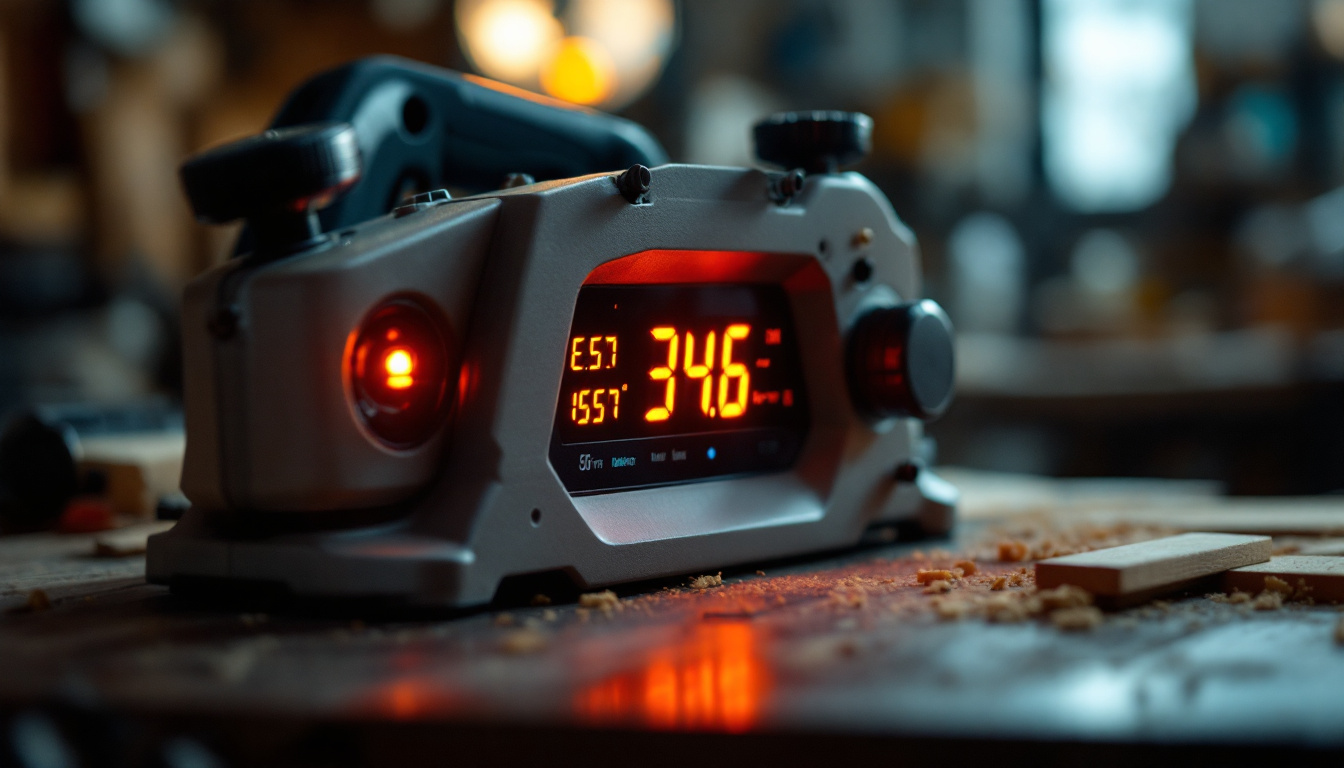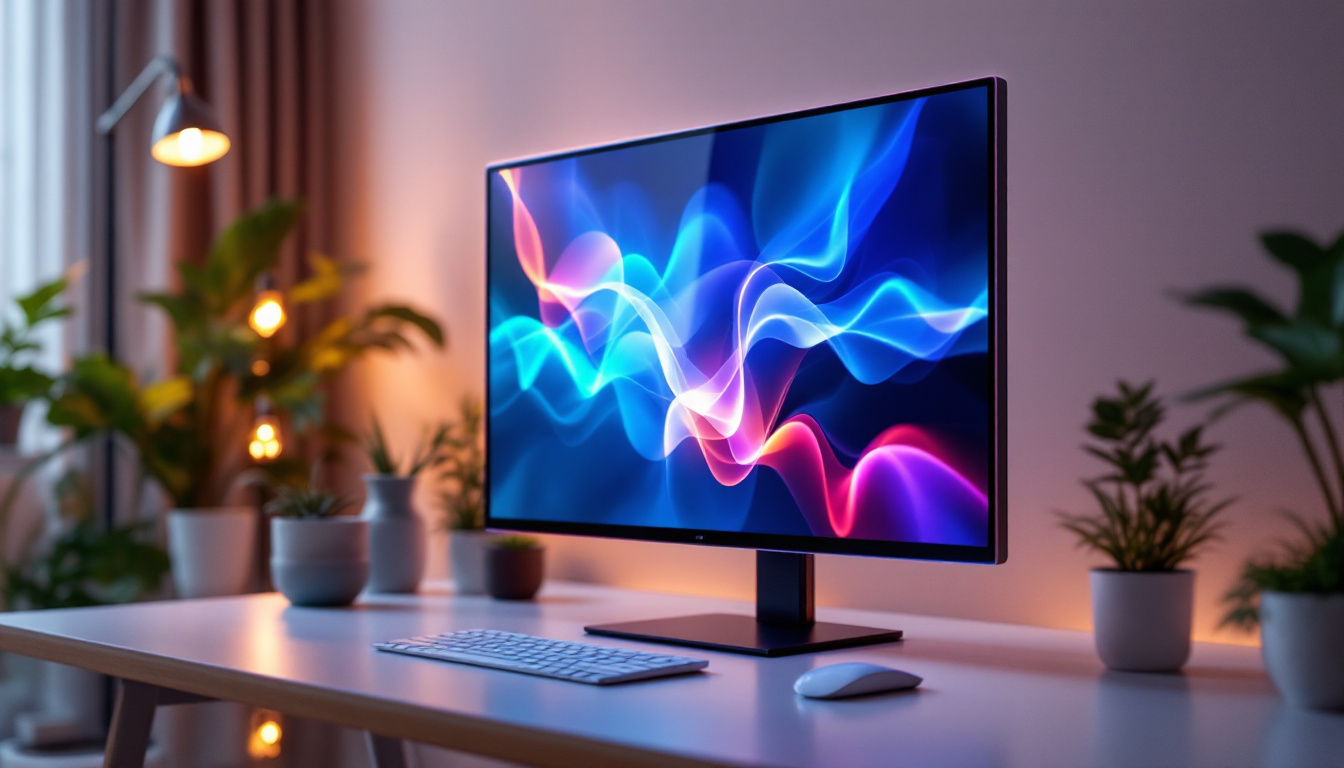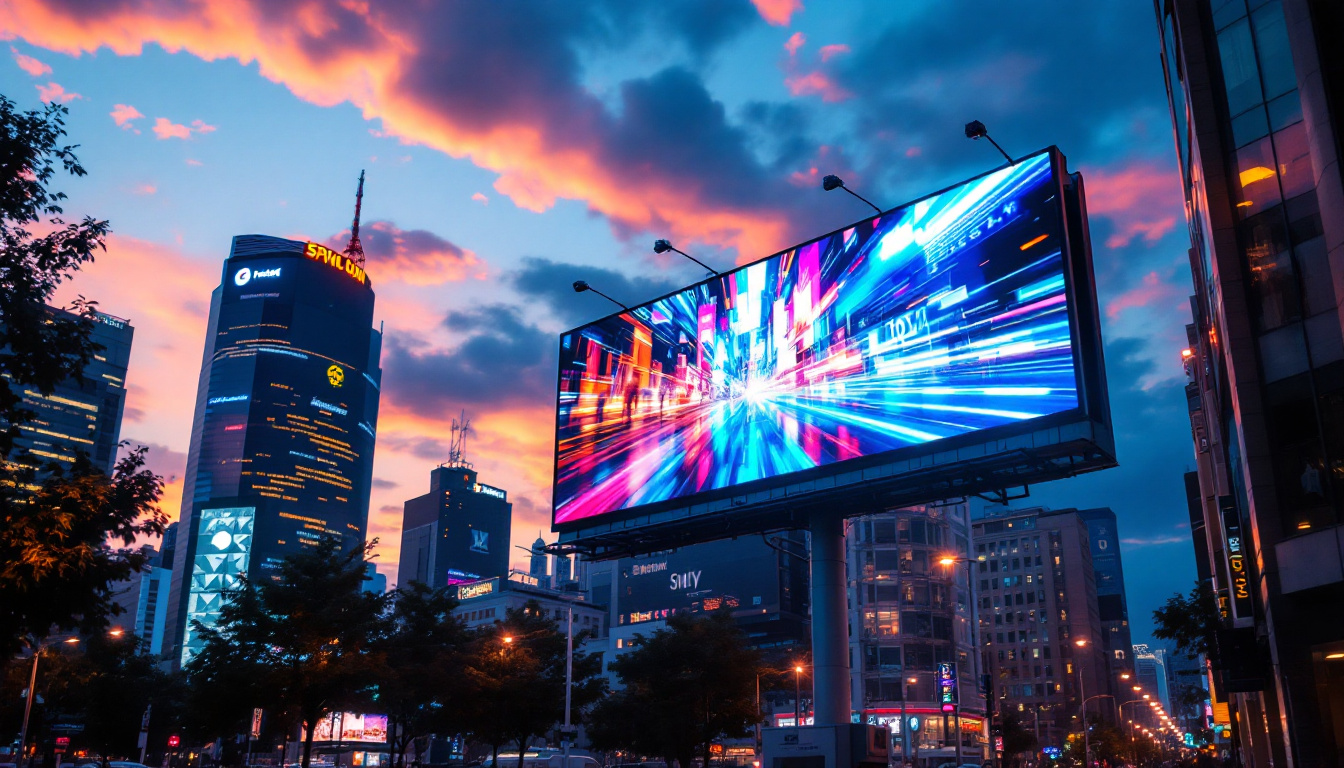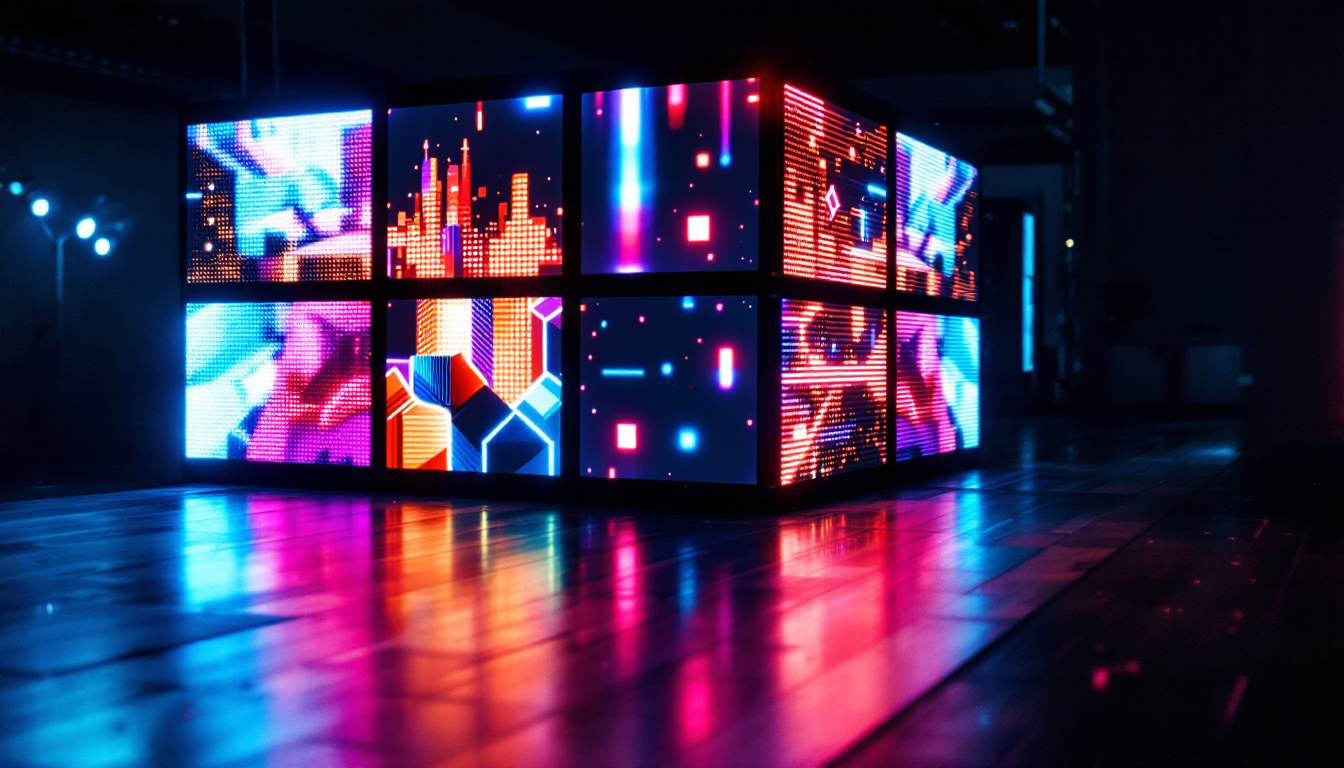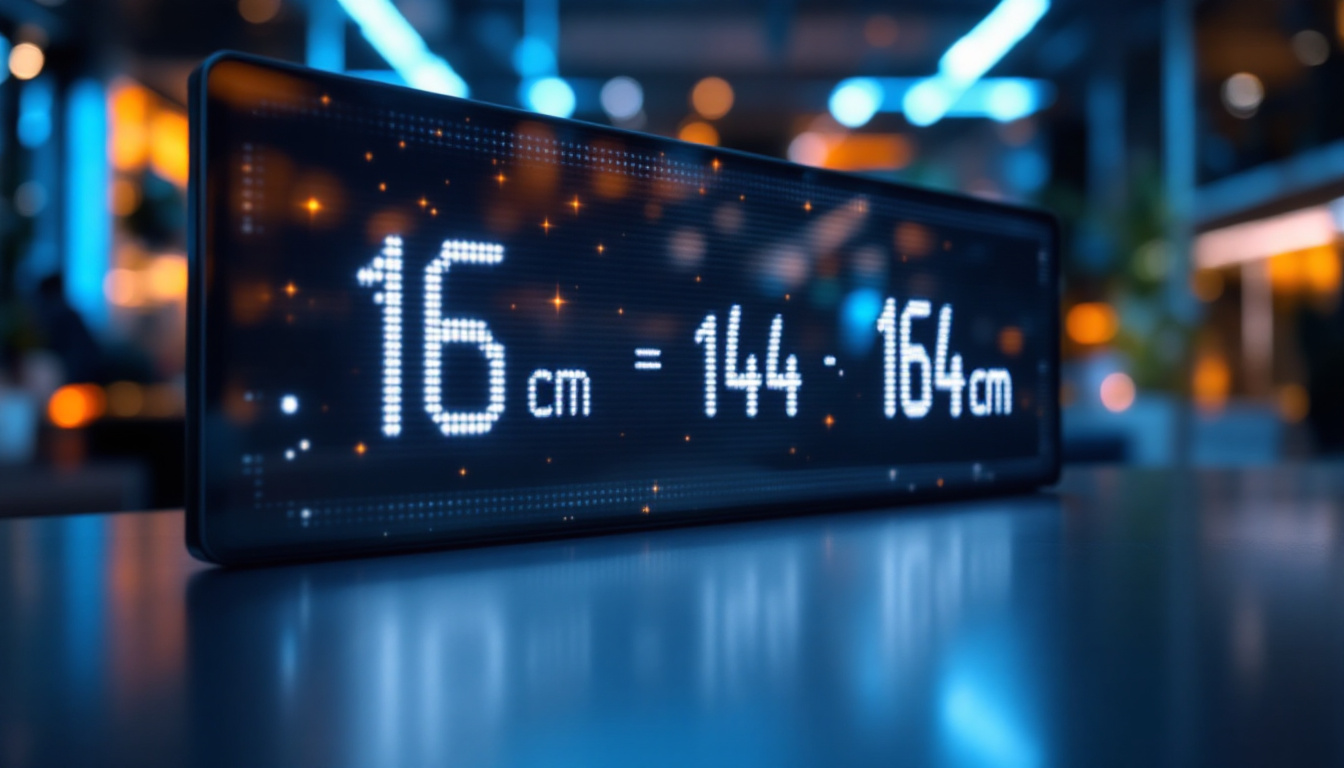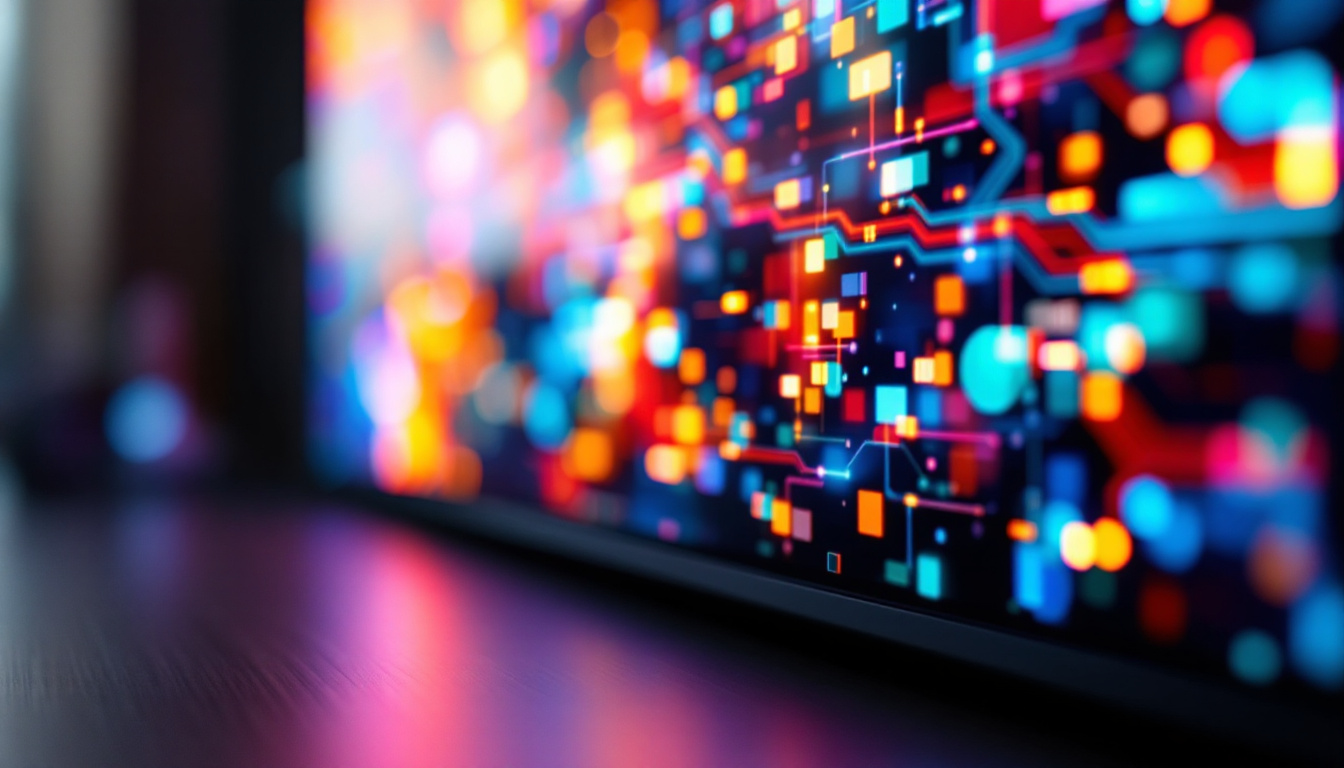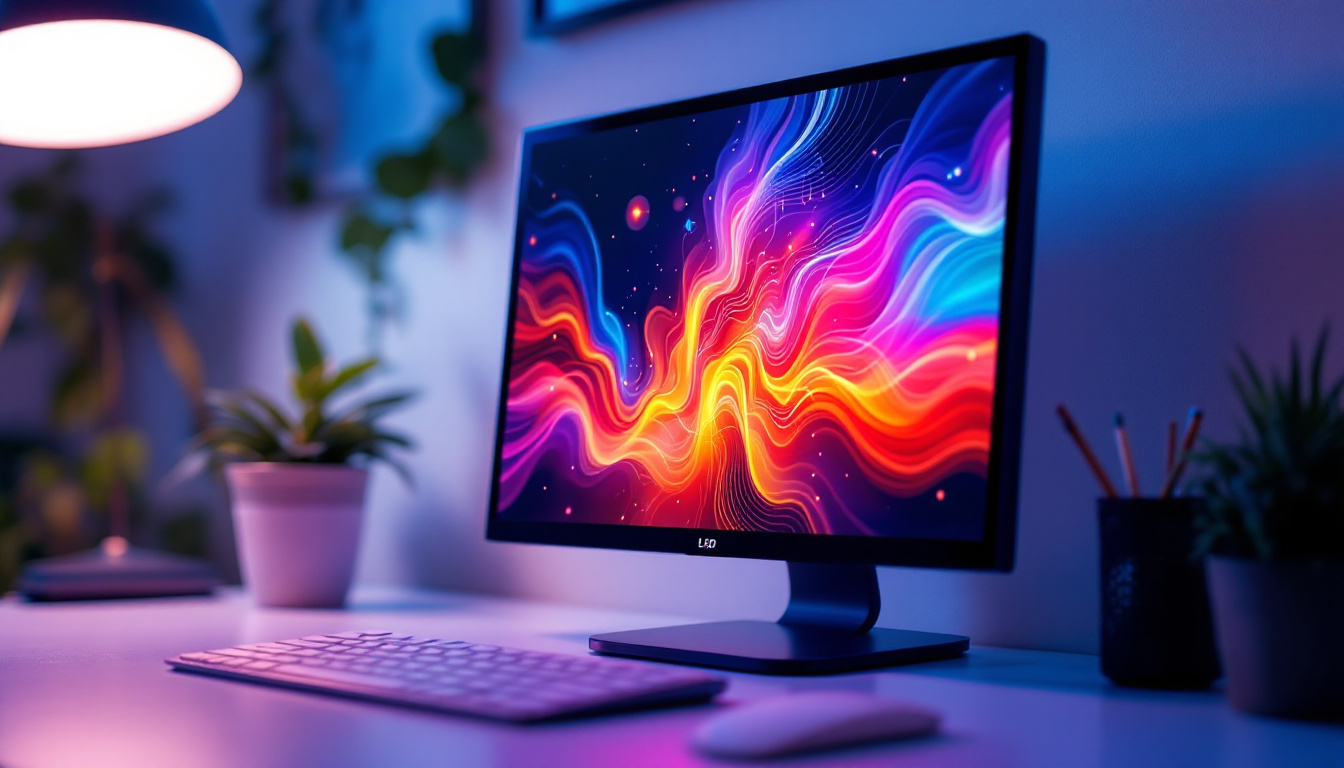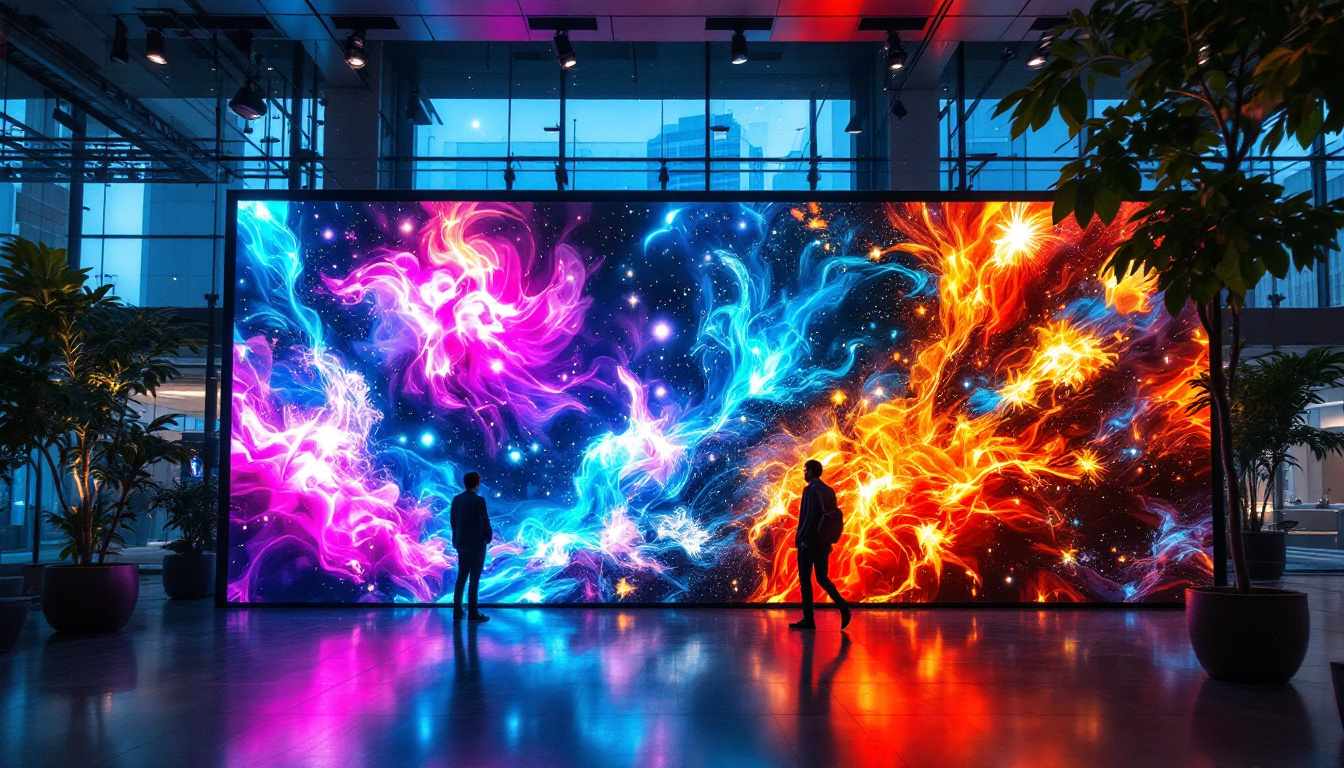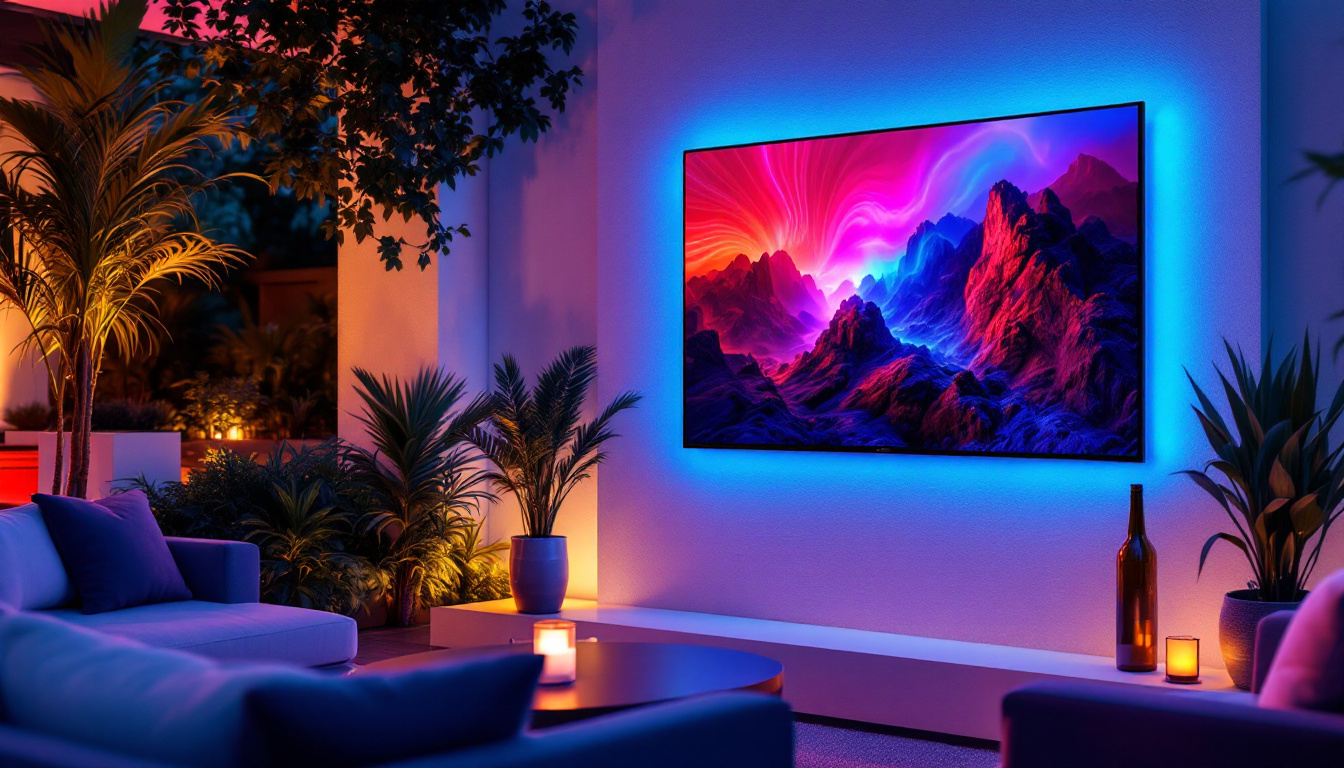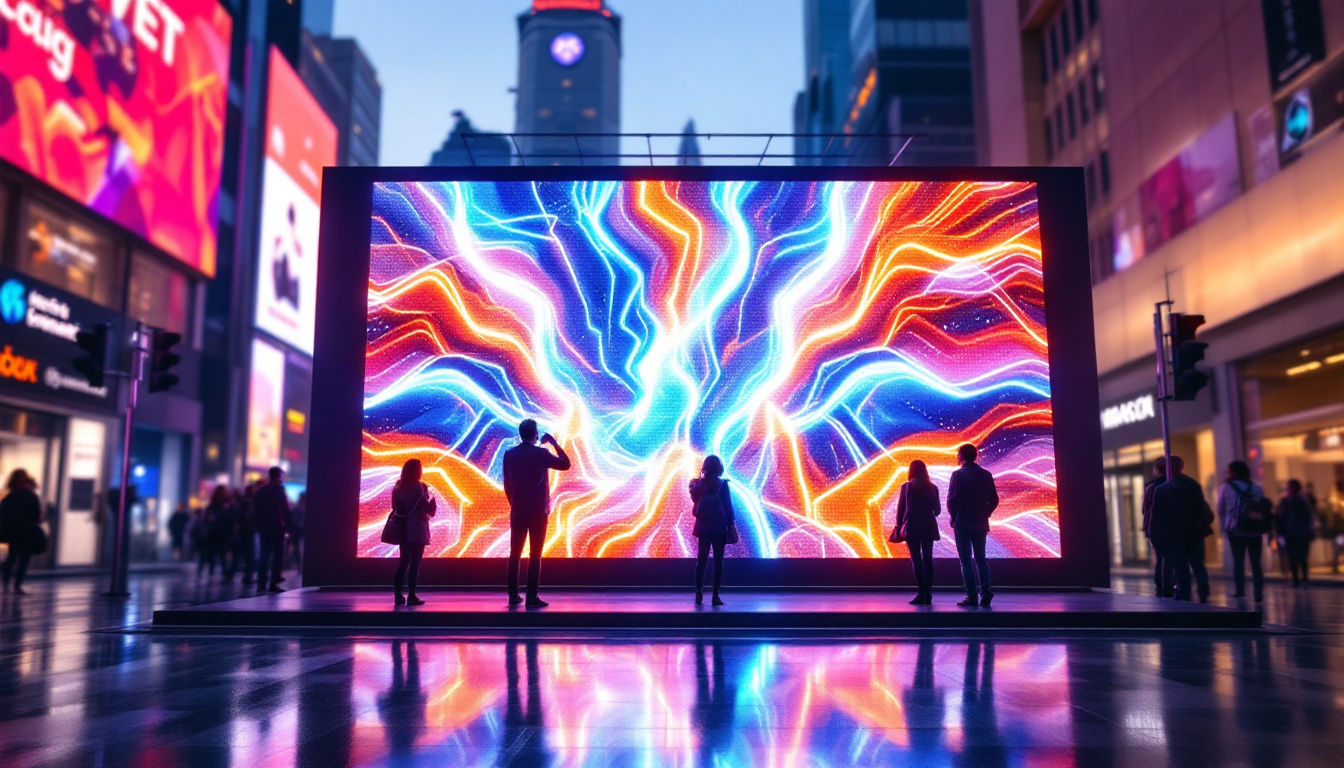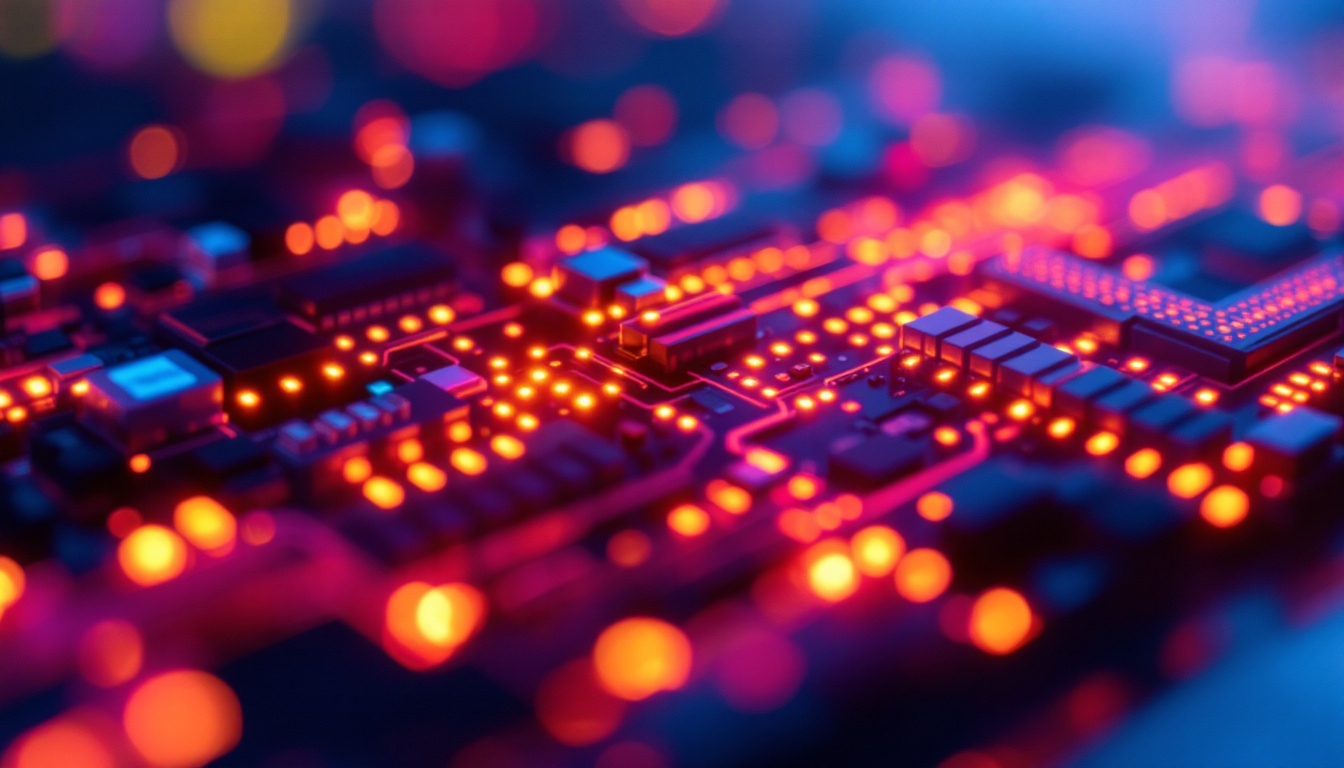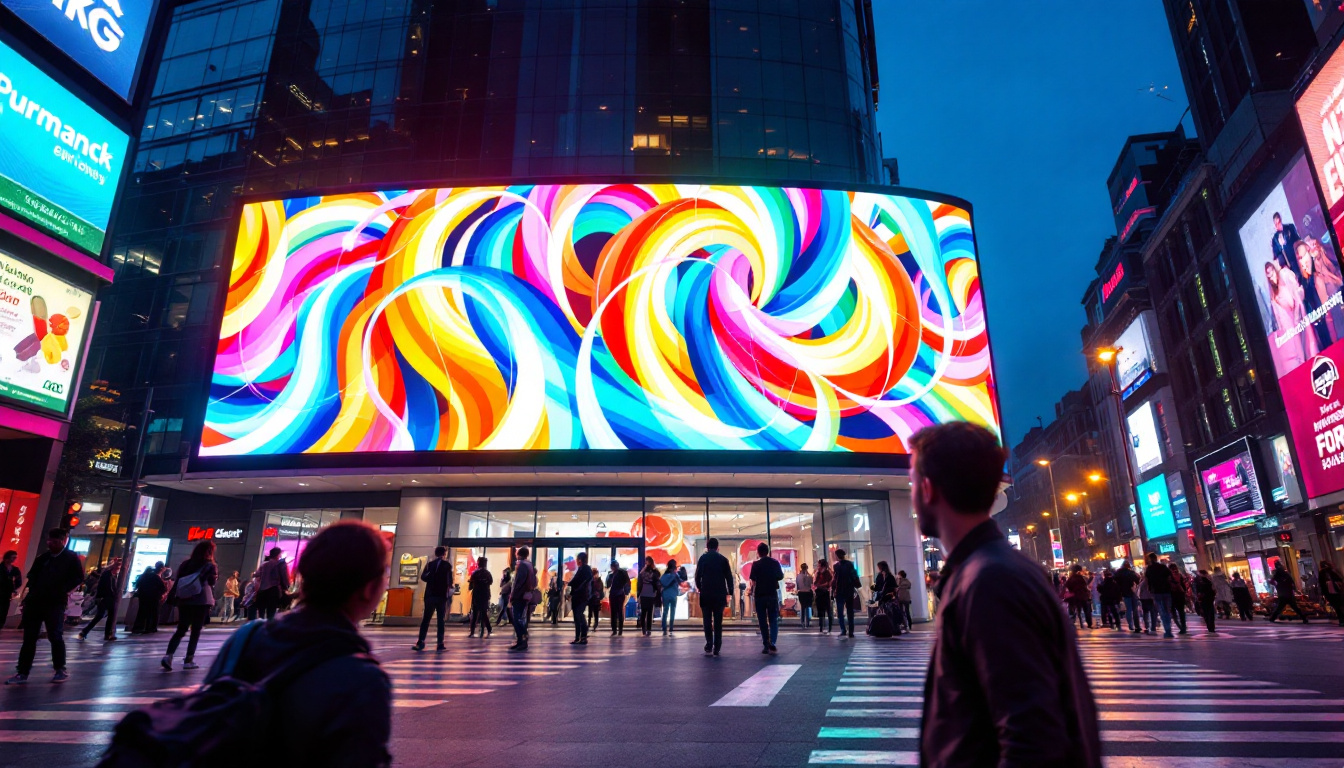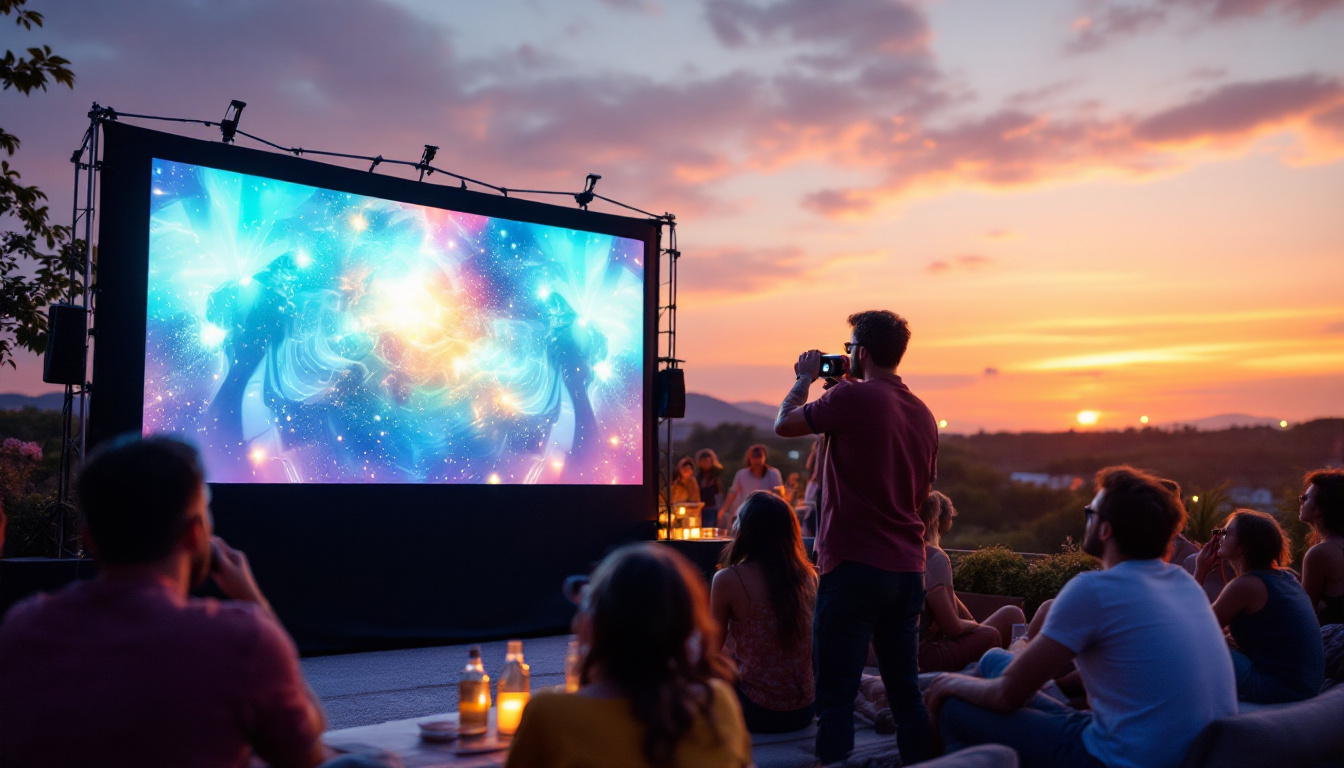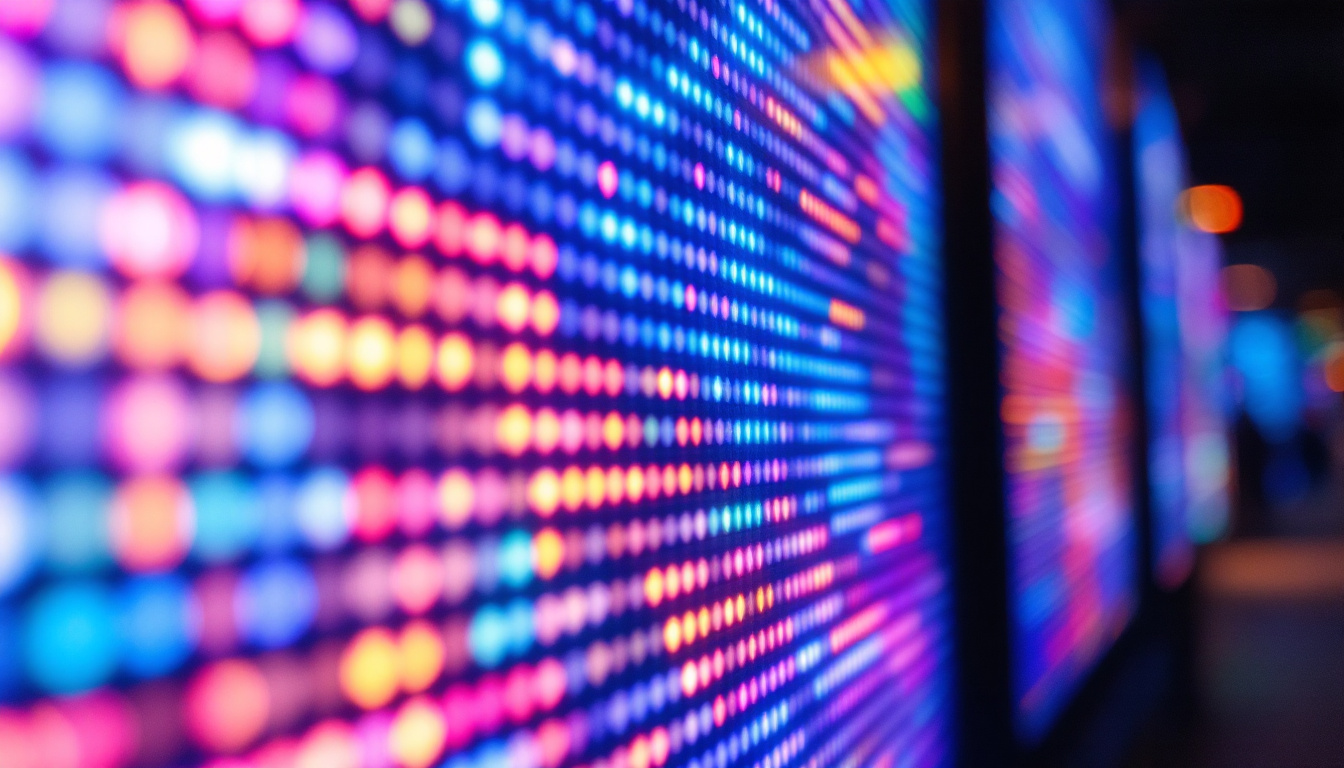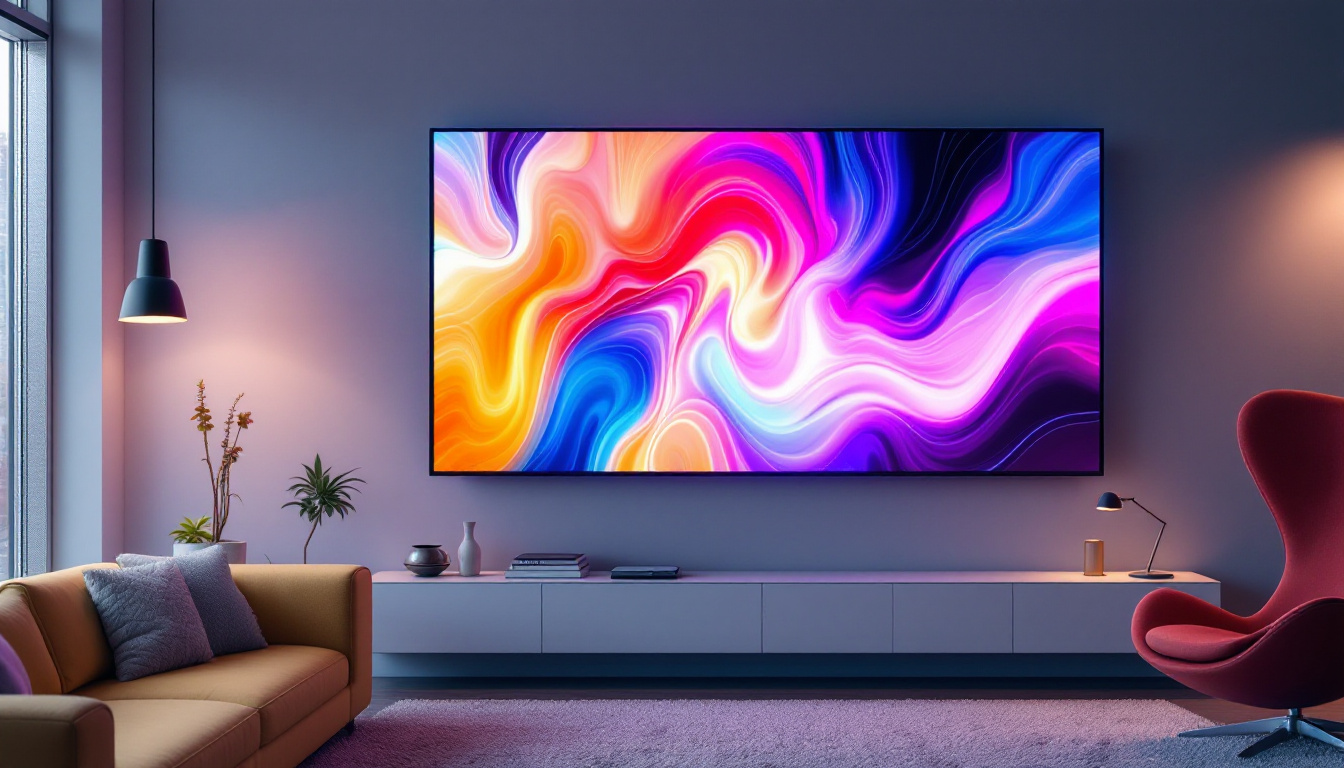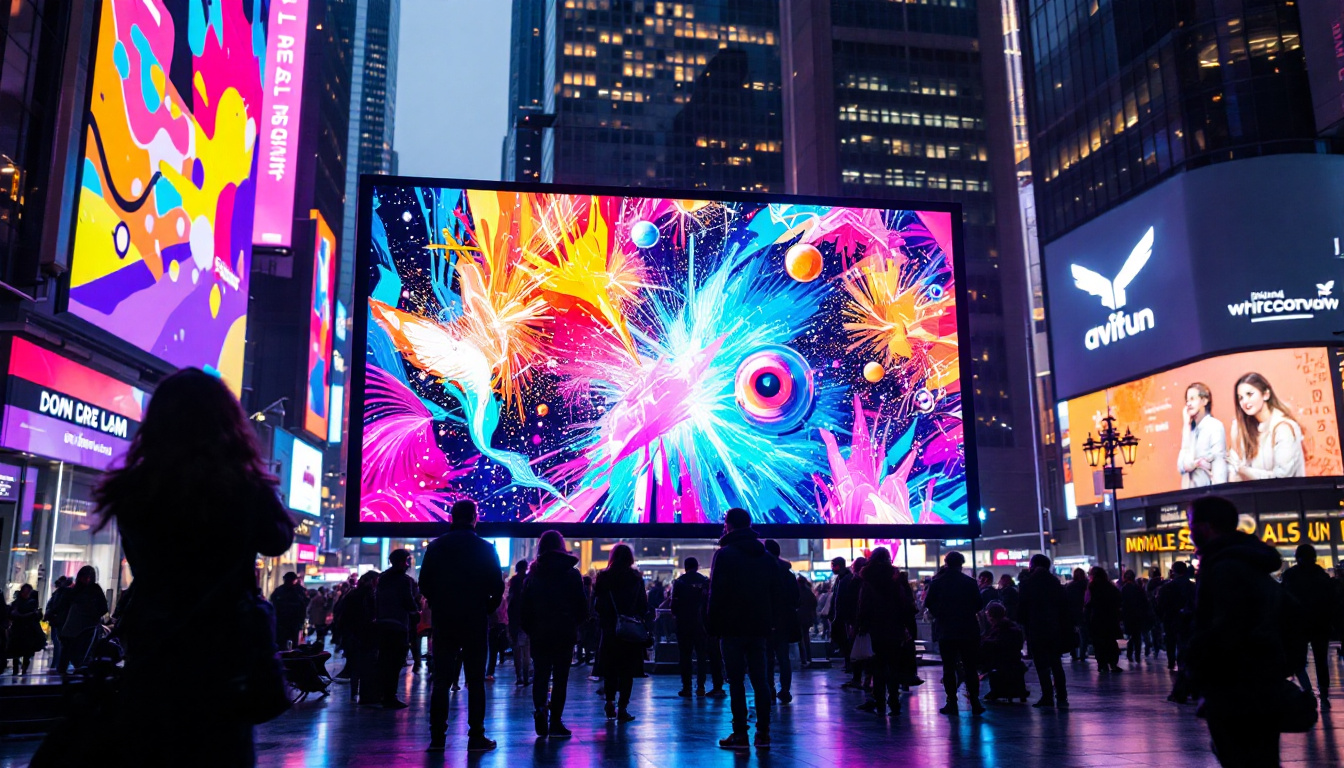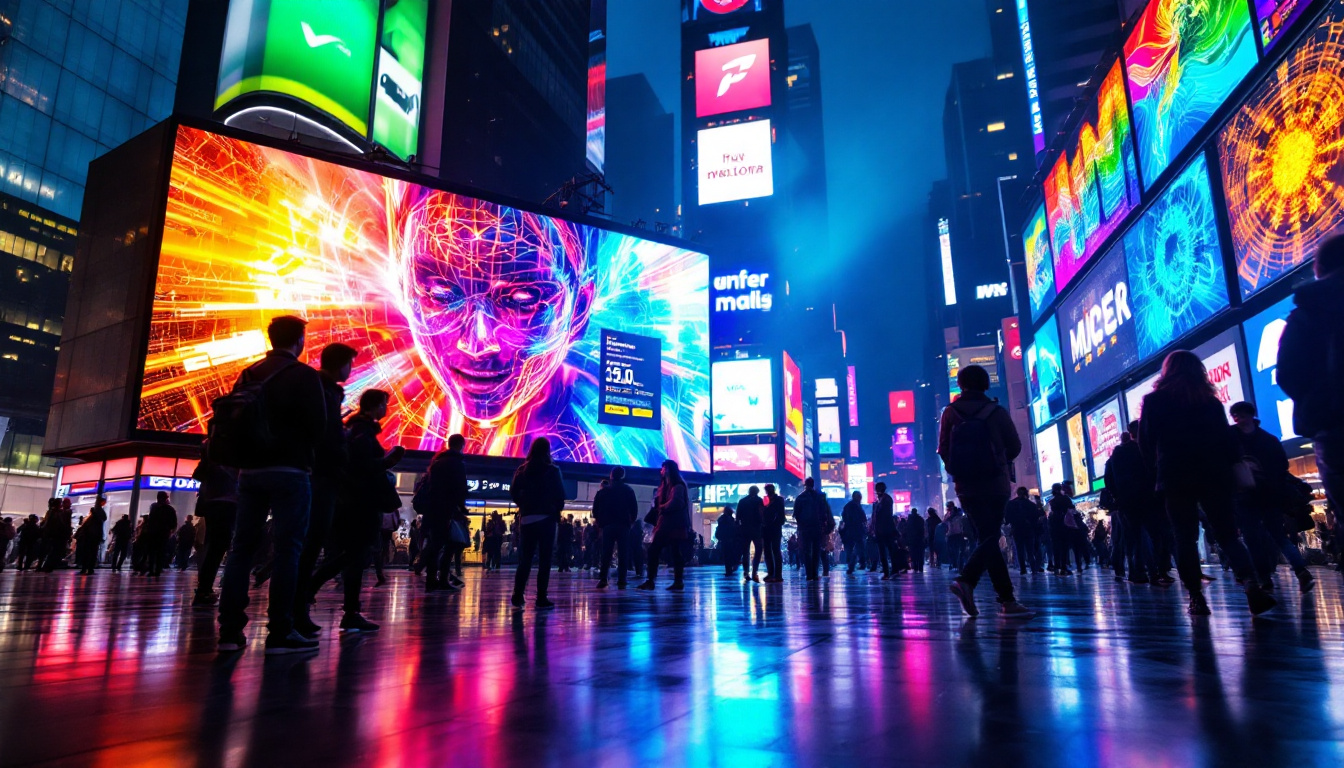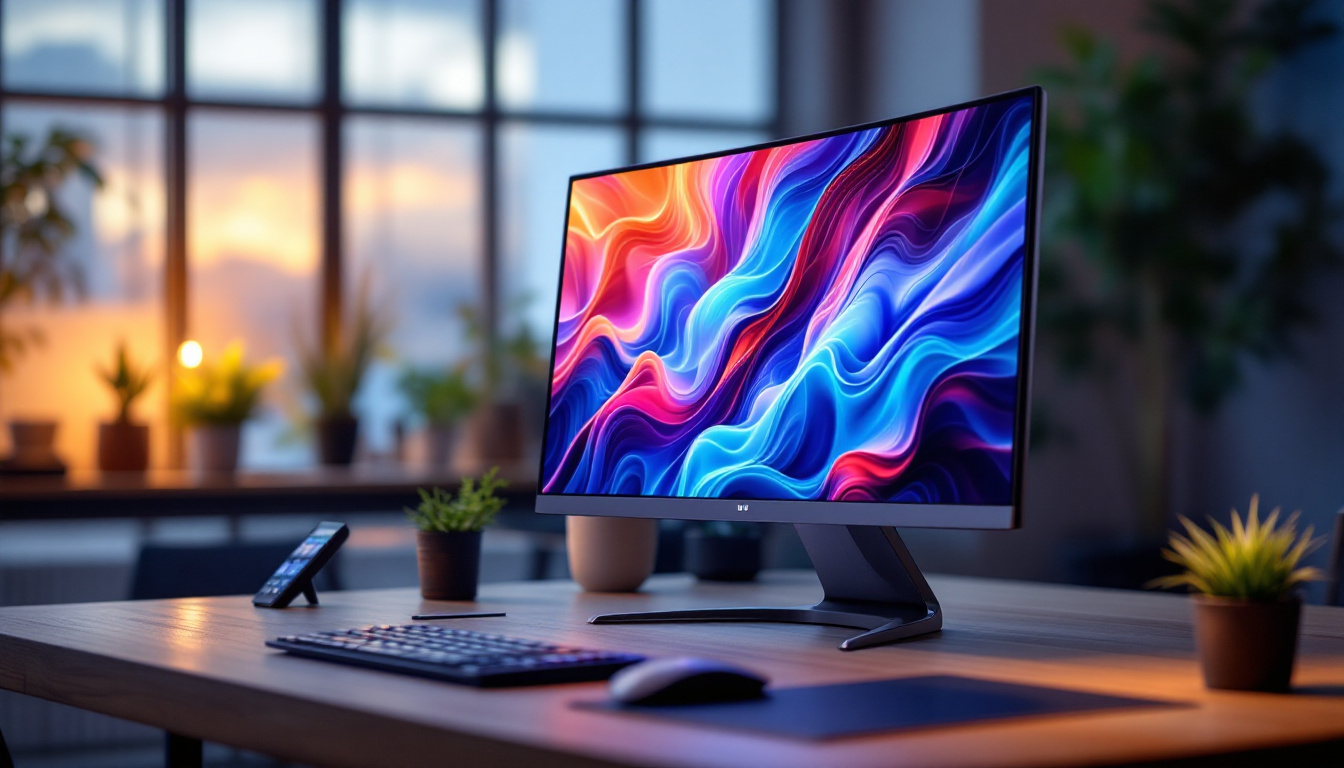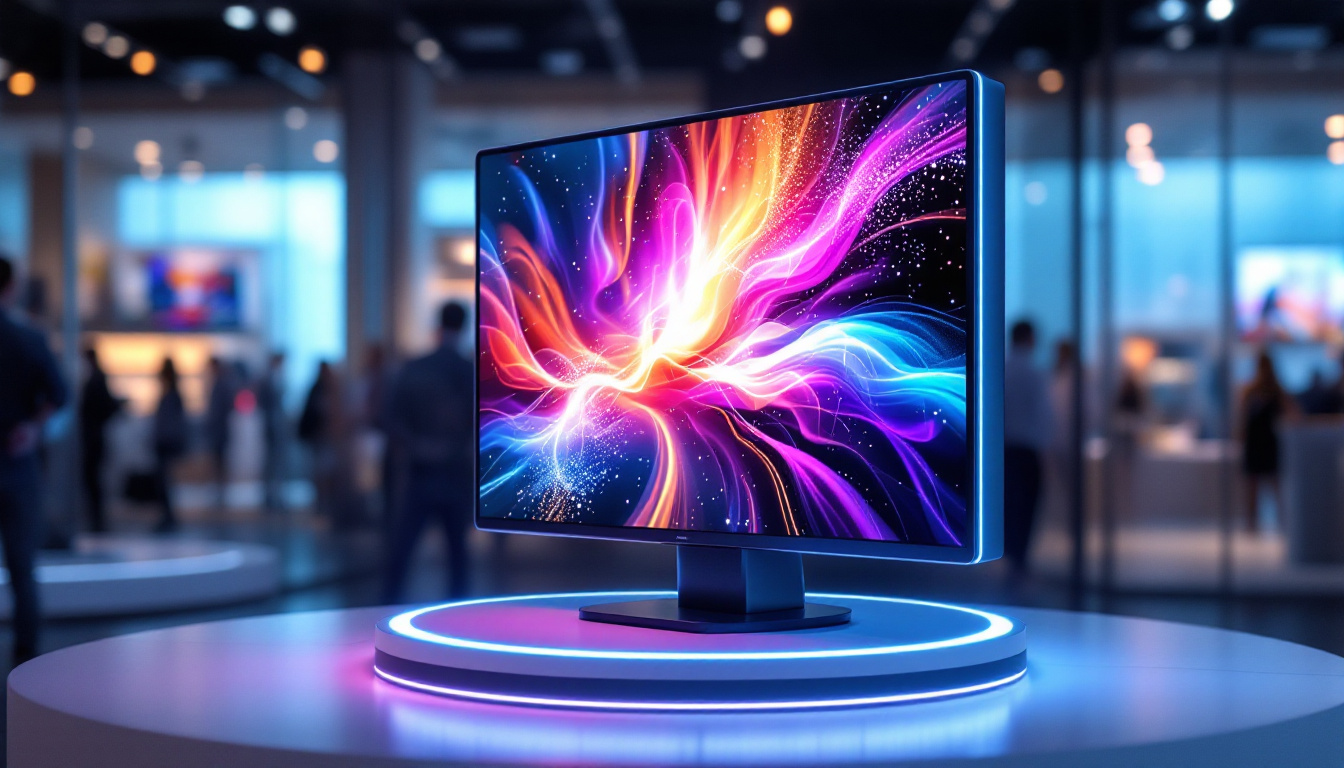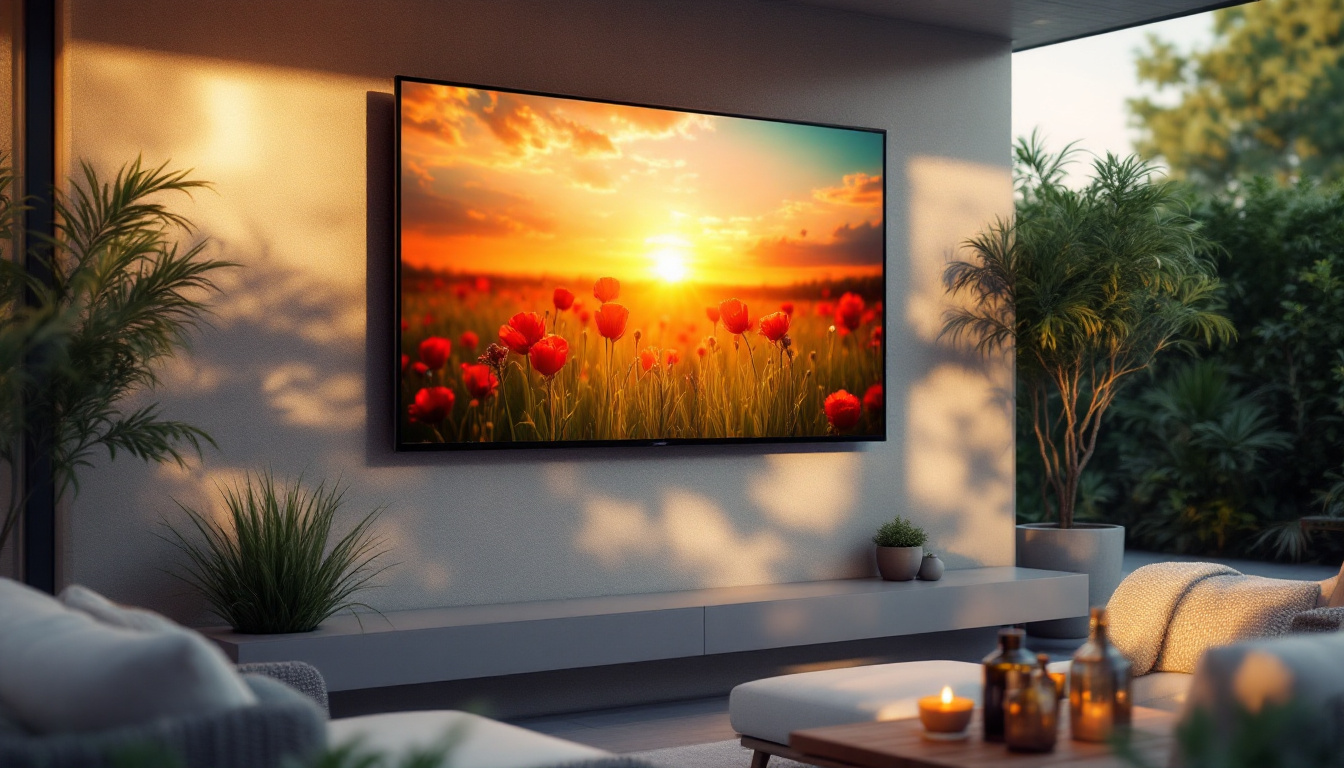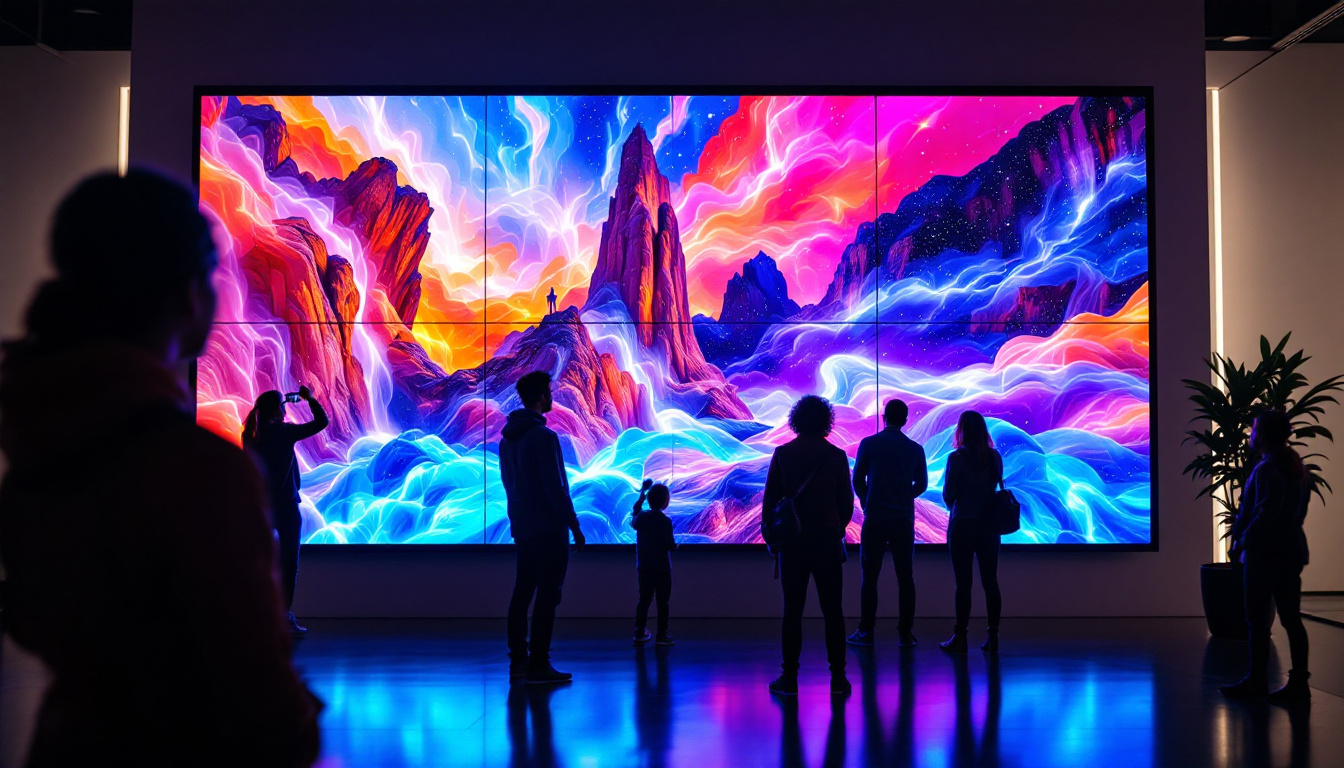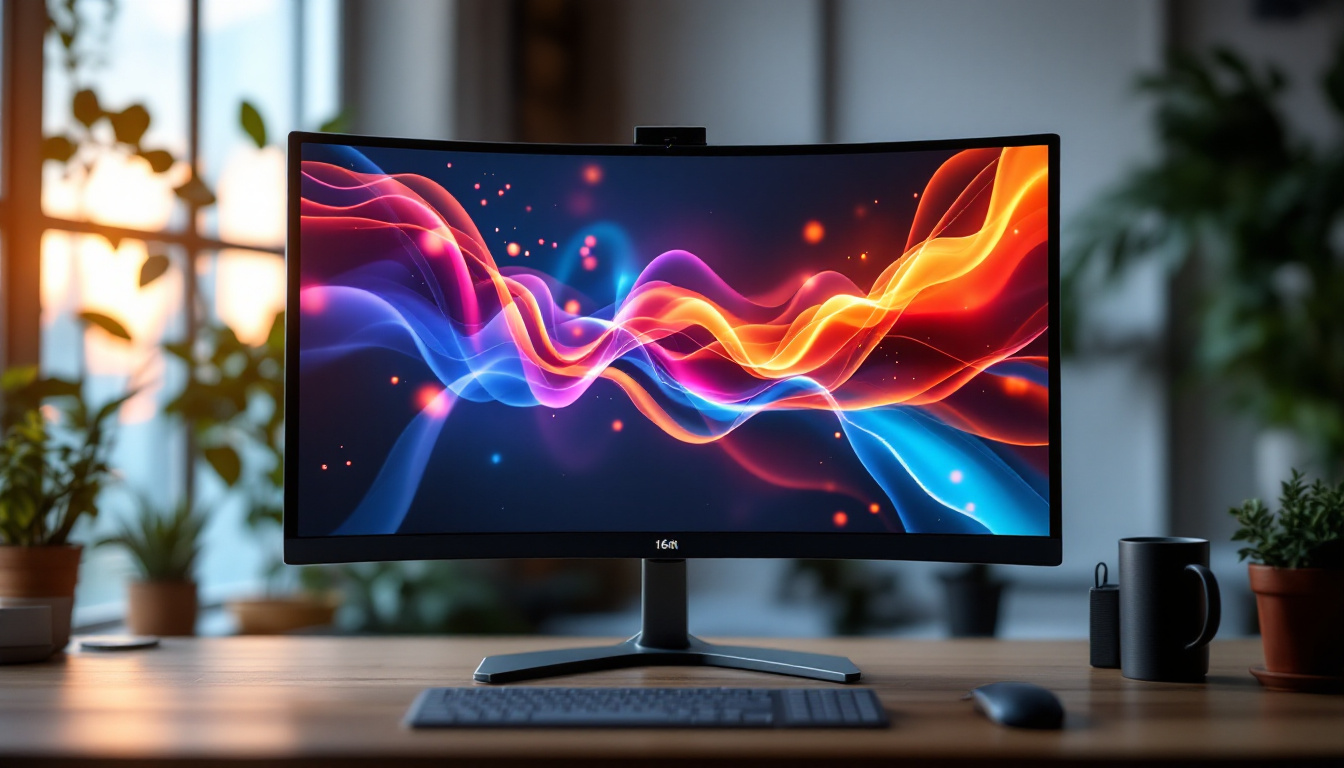In the realm of modern interior design, wall art has transcended traditional forms, evolving into innovative displays that captivate and engage viewers. Among these innovations, LED displays have emerged as a popular choice for both residential and commercial spaces. This article delves into the concept of a wall art calculator, specifically focusing on LED displays, exploring their functionality, benefits, and the factors to consider when integrating them into your space.
Understanding LED Displays
LED displays, or Light Emitting Diode displays, are electronic devices that utilize LEDs to produce images, videos, and animations. These displays are known for their vibrant colors, high brightness, and energy efficiency, making them ideal for various applications, from advertising to personal art installations.
The Technology Behind LED Displays
The core technology of LED displays involves the use of tiny diodes that emit light when an electric current passes through them. These diodes are arranged in a grid format, allowing for the creation of intricate designs and images. The combination of red, green, and blue LEDs can produce a wide spectrum of colors, enabling dynamic visual presentations.
One of the key advantages of LED technology is its longevity. Unlike traditional light sources, LEDs have a significantly longer lifespan, often lasting tens of thousands of hours. This durability not only reduces replacement costs but also minimizes environmental impact. Furthermore, the low heat emission of LEDs contributes to their efficiency, allowing them to be used in a variety of settings without the risk of overheating, which can be a concern with other lighting technologies.
Types of LED Displays
LED displays come in various types, each suited for different applications. The most common types include:
- Direct View LED Displays: These are large screens made up of individual LED modules, often used for outdoor advertising and large-scale installations.
- LED Video Walls: Comprising multiple smaller screens, these walls can create a seamless display for events, concerts, or exhibitions.
- LED Art Displays: These are designed specifically for artistic purposes, allowing artists to create digital art that can be easily changed or updated.
In addition to these common types, there are also specialized LED displays tailored for niche markets. For instance, Transparent LED displays are gaining popularity in retail environments, allowing for advertisements to be displayed while still permitting visibility through the glass. This innovative design not only enhances the aesthetic appeal of storefronts but also maximizes advertising space without obstructing the view of the products inside. Another emerging trend is the use of Flexible LED displays, which can be bent or shaped to fit unconventional spaces, opening up new possibilities for creative installations in both commercial and residential settings.
Moreover, the integration of smart technology into LED displays is revolutionizing how content is managed and delivered. With advancements in software and connectivity, users can now control their displays remotely, schedule content updates, and even analyze viewer engagement in real-time. This capability not only enhances the effectiveness of advertising campaigns but also allows for more personalized and targeted messaging, making LED displays an even more powerful tool in the digital age.
The Role of a Wall Art Calculator
A wall art calculator is a tool designed to help users determine the optimal size, placement, and configuration of LED displays in a given space. This tool takes into account various factors, including room dimensions, viewing distance, and the intended purpose of the display.
Benefits of Using a Wall Art Calculator
Utilizing a wall art calculator offers several advantages. Firstly, it ensures that the display is appropriately sized for the space, preventing overwhelming or underwhelming visual experiences. Secondly, it aids in determining the best placement for the display, maximizing visibility and impact.
Moreover, a wall art calculator can help users visualize how different designs and configurations will look in their space. This feature is particularly beneficial for businesses looking to create engaging advertising displays or for homeowners seeking to enhance their interior decor.
How to Use a Wall Art Calculator
Using a wall art calculator is typically straightforward. Users input specific details about their space, such as:
- Room dimensions (length, width, and height)
- Viewing distance from the display
- Type of content to be displayed (static images, videos, etc.)
Once this information is entered, the calculator processes the data and provides recommendations on display size, placement, and even potential design ideas. Some advanced calculators may also offer insights into technical specifications, such as resolution and brightness levels.
Factors to Consider When Choosing an LED Display
When selecting an LED display for wall art, several factors must be considered to ensure the best outcome. These factors include size, resolution, brightness, and content type.
Size and Resolution
The size of the LED display is crucial, as it must be proportionate to the wall and the viewing distance. A larger display may be necessary for expansive spaces, while smaller displays may suffice for intimate settings. Resolution, measured in pixels per inch (PPI), is equally important. Higher resolution displays offer sharper images and finer details, enhancing the overall visual experience.
For example, a display intended for close viewing, such as in a gallery, would benefit from a higher resolution, while a display meant for large audiences, like in a stadium, can be effective with a lower resolution.
Brightness and Environment
Brightness is another critical factor. LED displays come with varying brightness levels, typically measured in nits. A display intended for outdoor use, or in brightly lit environments, requires higher brightness to remain visible. Conversely, displays in darker settings can function effectively at lower brightness levels.
Understanding the environment where the display will be installed is essential. Factors such as ambient light, wall color, and surrounding decor can influence the display’s visibility and impact.
Content Type and Interactivity
The type of content to be displayed also plays a significant role in the selection process. For static images or artwork, a high-quality display with excellent color reproduction is essential. In contrast, displays intended for dynamic content, such as videos or animations, may require different specifications to ensure smooth playback and vibrant visuals.
Interactivity is another consideration. Some LED displays offer touch capabilities or integration with mobile devices, allowing for a more engaging user experience. This feature can be particularly appealing for installations in public spaces or exhibitions.
Installation and Maintenance of LED Displays
Once the right LED display has been chosen, proper installation and maintenance are crucial for optimal performance. The installation process can vary based on the type of display and the specific requirements of the space.
Installation Considerations
When installing an LED display, several factors must be taken into account. These include:
- Mounting Options: Depending on the size and weight of the display, different mounting solutions may be required, such as wall mounts, stands, or brackets.
- Power Supply: Ensuring that the display has access to a reliable power source is essential for uninterrupted operation.
- Connectivity: Consideration should be given to how the display will connect to content sources, whether through wired connections or wireless options.
Maintenance Practices
Maintaining an LED display is vital for longevity and performance. Regular cleaning of the screen surface is necessary to remove dust and smudges, which can affect visibility. Additionally, monitoring the display for any signs of malfunction, such as flickering or color distortion, is essential to address issues promptly.
Some displays may also require software updates to ensure compatibility with new content formats or to enhance functionality. Keeping the display’s software up to date can help prevent technical issues and improve overall performance.
Creative Applications of LED Displays in Wall Art
The versatility of LED displays allows for a wide range of creative applications in wall art. Artists and designers are increasingly exploring the potential of these displays to create immersive and interactive experiences.
Dynamic Art Installations
LED displays can be used to create dynamic art installations that change over time. Artists can program their displays to showcase different artworks, animations, or visual effects, allowing for a constantly evolving visual experience. This capability not only captivates viewers but also invites them to return to see new content.
Moreover, the ability to synchronize LED displays with music or other sensory elements can enhance the overall experience, creating a multisensory environment that engages audiences on multiple levels.
Interactive Exhibits
In museums and galleries, LED displays can serve as interactive exhibits, inviting visitors to engage with the content. Touchscreens can allow users to explore artworks in greater detail, access additional information, or even create their own digital art. This interactivity transforms the traditional viewing experience into an engaging and participatory one.
Advertising and Branding
Businesses are increasingly utilizing LED displays for advertising and branding purposes. These displays can showcase promotional content, highlight products, or convey brand messages in an eye-catching manner. The dynamic nature of LED displays allows for creative storytelling, making them an effective tool for capturing consumer attention.
Furthermore, the ability to update content easily ensures that businesses can keep their messaging fresh and relevant, adapting to changing trends and customer preferences.
Conclusion
LED displays represent a transformative approach to wall art, offering a dynamic and engaging medium for artistic expression and communication. The integration of a wall art calculator simplifies the process of selecting and configuring these displays, ensuring optimal results for any space.
As technology continues to advance, the possibilities for LED displays in wall art are boundless. By considering factors such as size, resolution, brightness, and content type, individuals and businesses can create stunning visual experiences that resonate with viewers. Whether for personal enjoyment or commercial use, LED displays are set to redefine the boundaries of wall art in the modern era.
Discover the Future of Wall Art with LumenMatrix
Ready to elevate your space with the latest in LED display technology? LumenMatrix is at the forefront of creating immersive environments through innovative LED solutions. From Indoor and Outdoor LED Wall Displays to specialized options like Vehicle, Sports, and Floor LED Displays, our range is designed to meet your unique needs. Embrace the art of visual storytelling with our Custom, All-in-One, and Transparent LED Displays. Experience the revolution in visual communication and transform your space today. Check out LumenMatrix LED Display Solutions and join the myriad of businesses enhancing their brand visibility and audience engagement.



